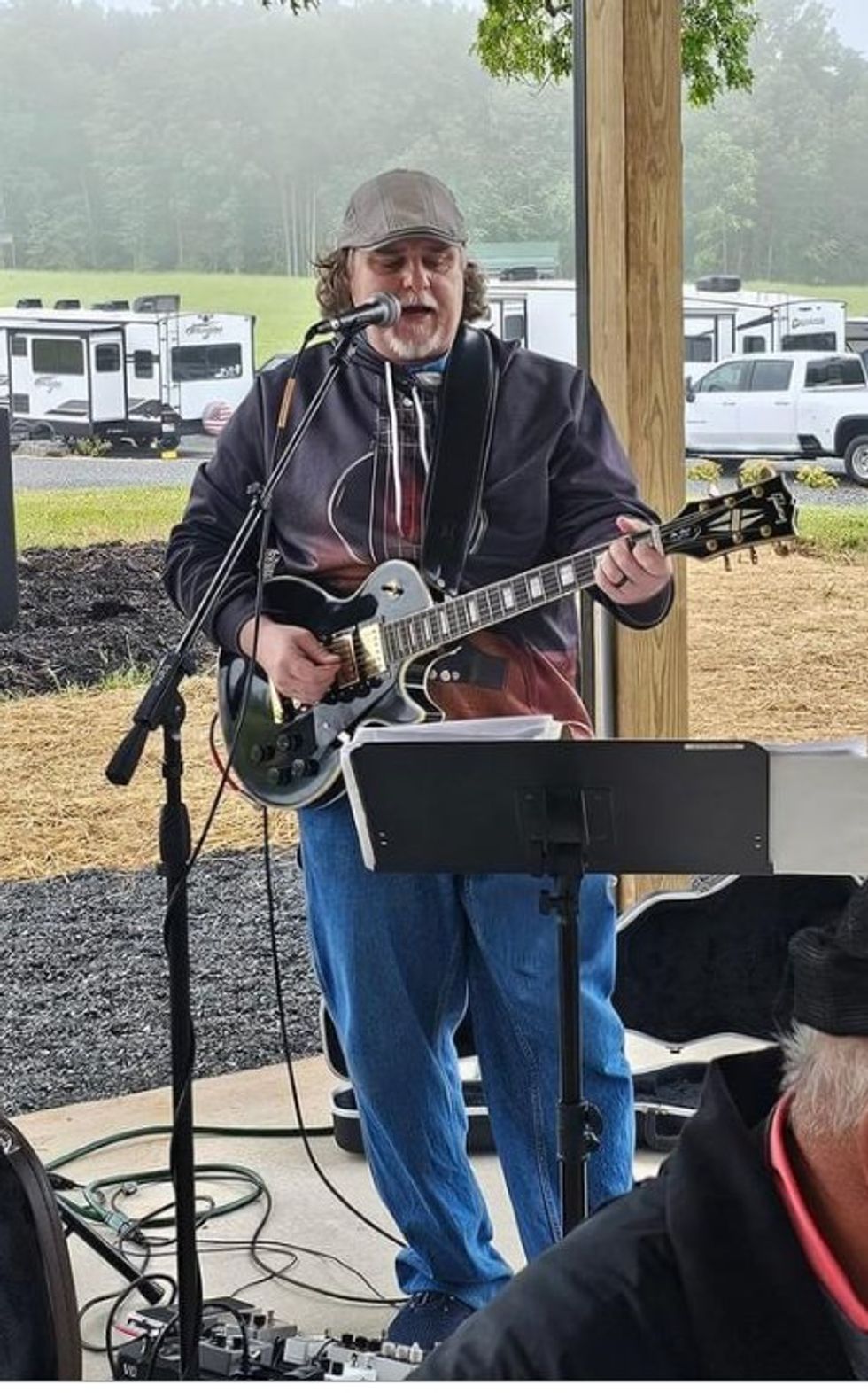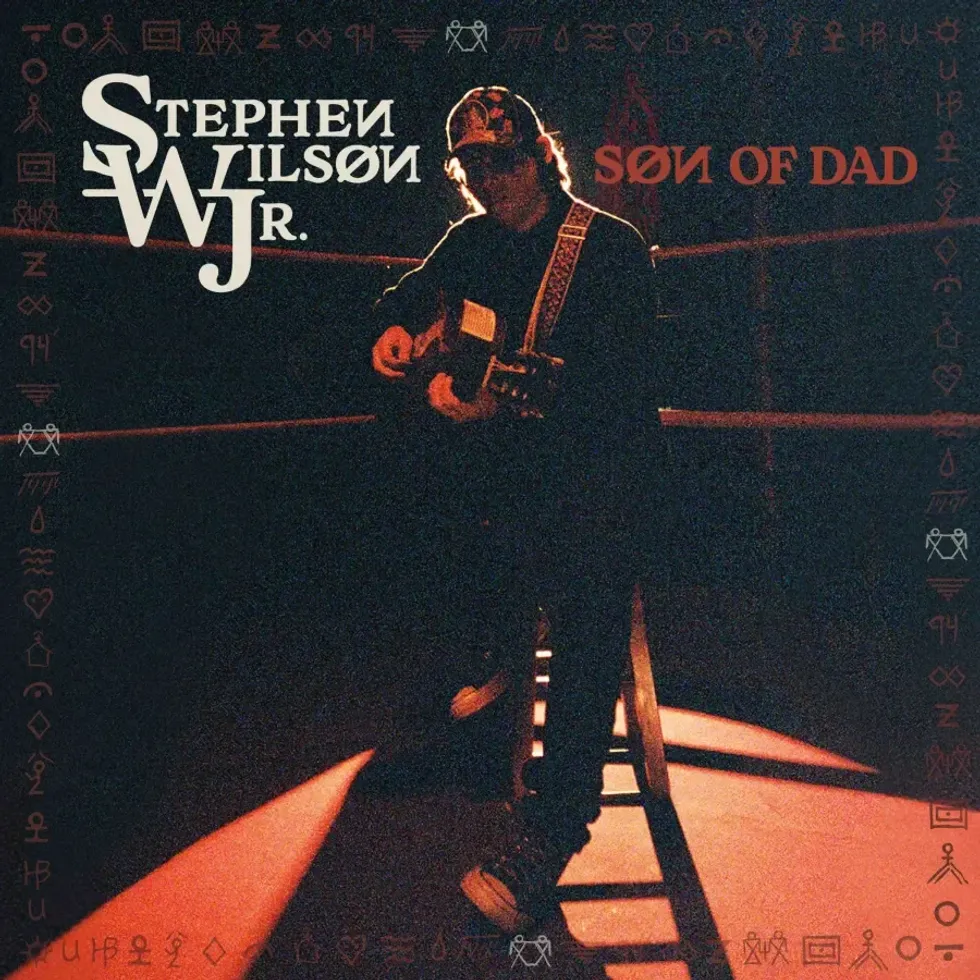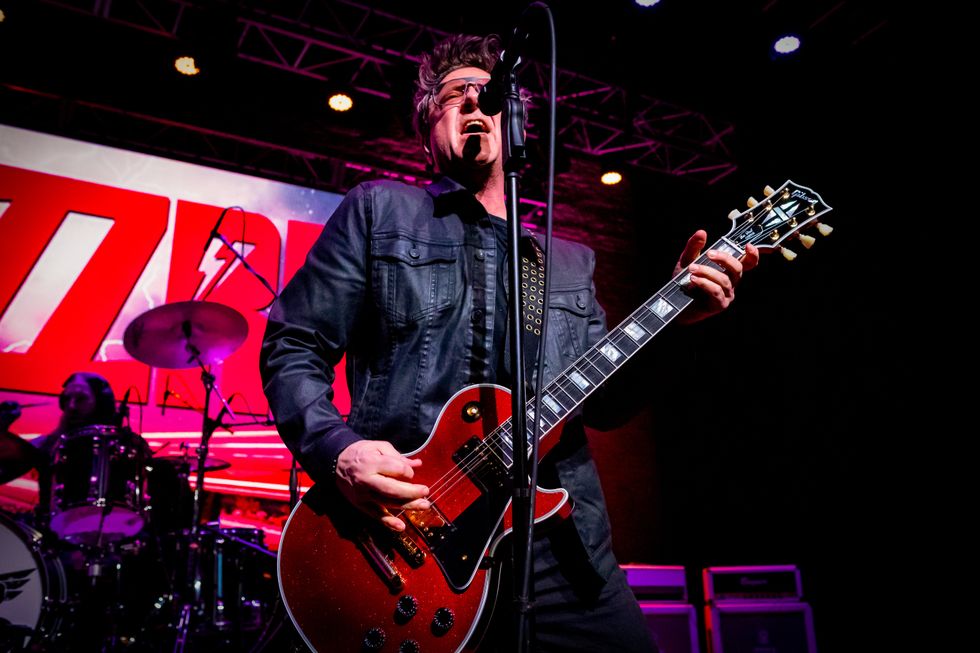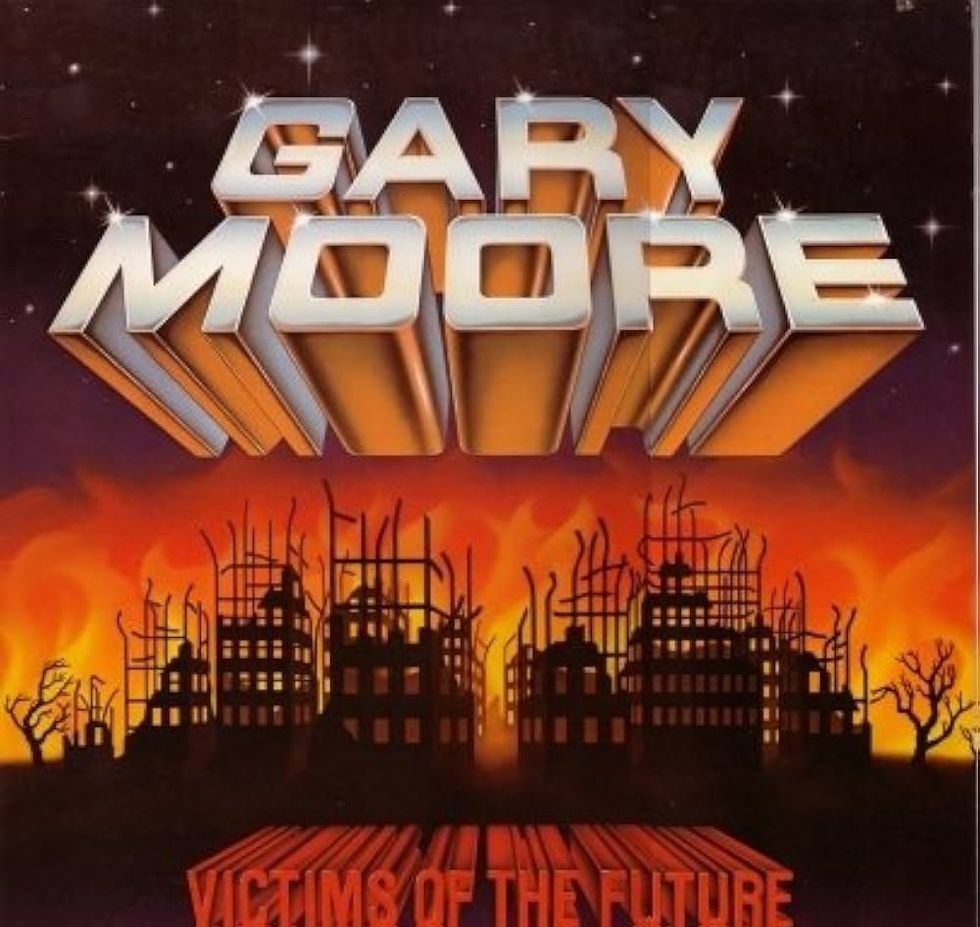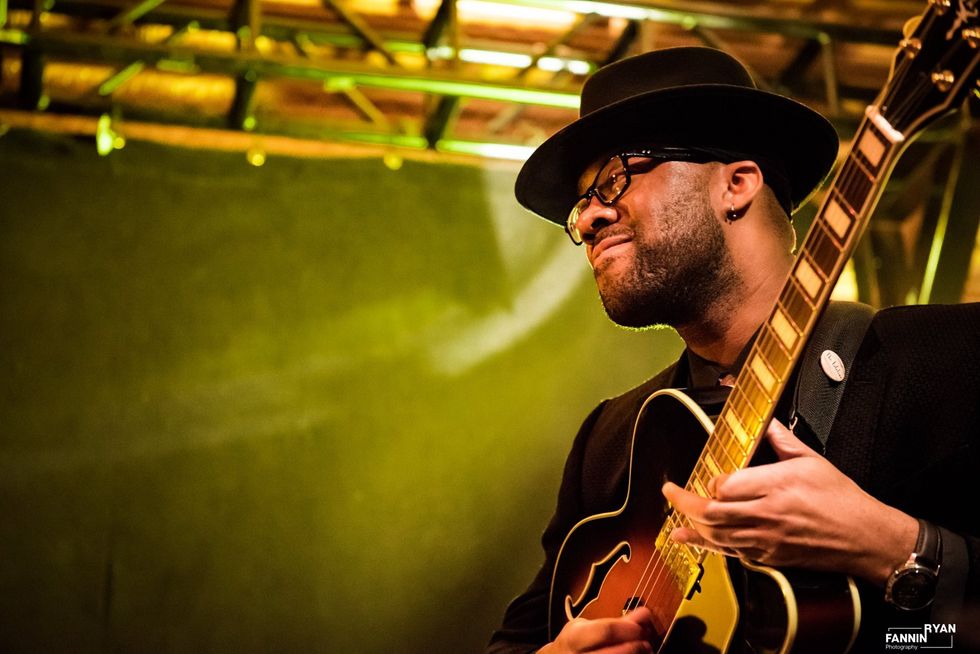Question: What albums should every guitarist listen to and why?
Greg Koch - Guest Picker
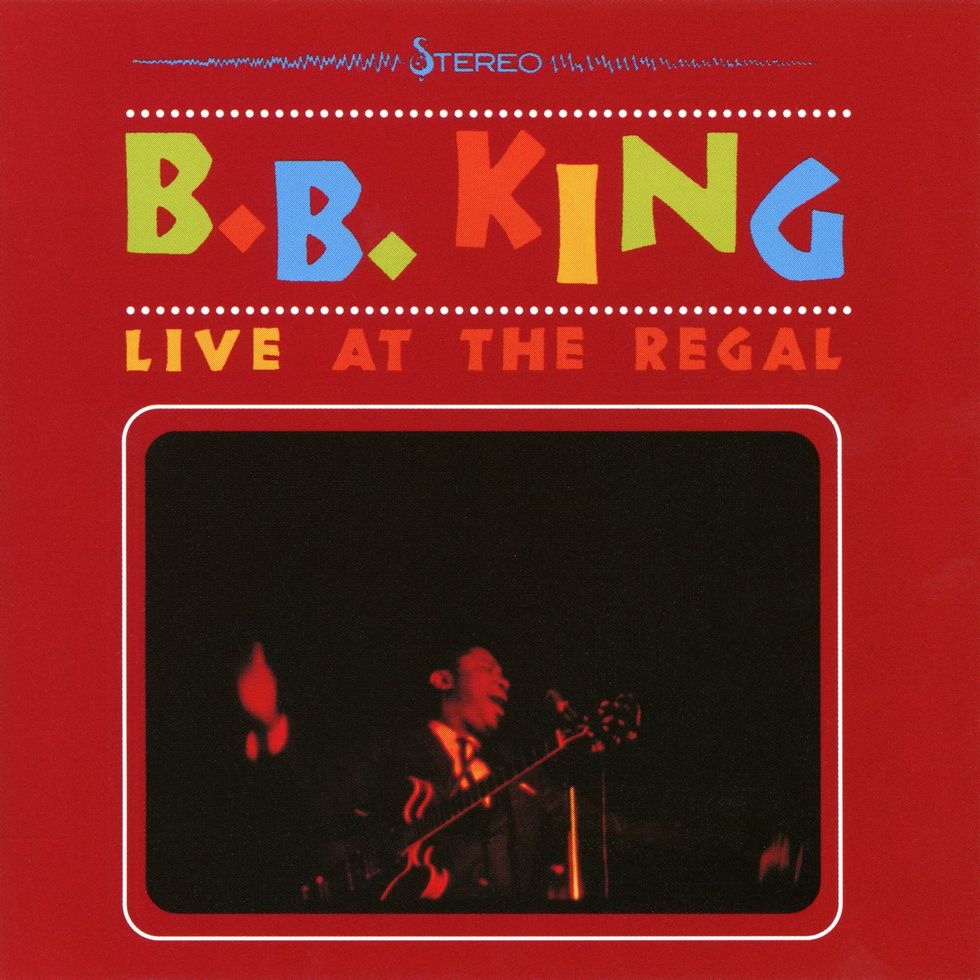
Recorded in 1964, this album has been essential listening for generations of guitarists.
A: Going from the gut, I would say B.B. King’s Live at the Regal would be something every guitar player should listen to as it is the well from where every other electric blues guitar player drank from—whether they know it or not. Blues Is King is another one, but Live at the Regal is really the essence of what electric blues is all about.
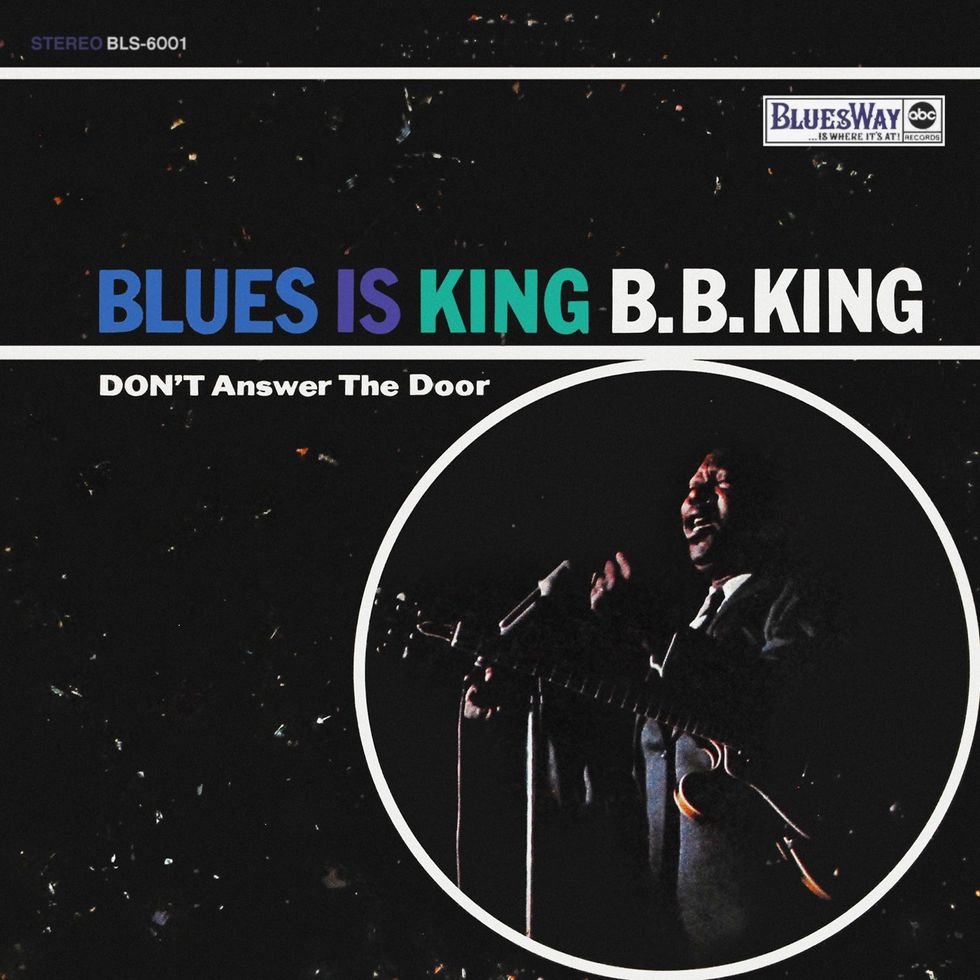
Another worthy choice is this live album from 1966 which features an incredible take on Willie Nelson’s “Night Life.”
Obsession: I would say playing slide in open tunings. I have been playing mostly standard tuning for the simple convenience of it, but nothing is quite as filthy as playing slide in open G or open E. I’ve been bringing out two guitars specifically for those two tunings and it’s been a lot of fun.
Bret Boyer - Reader of the Month
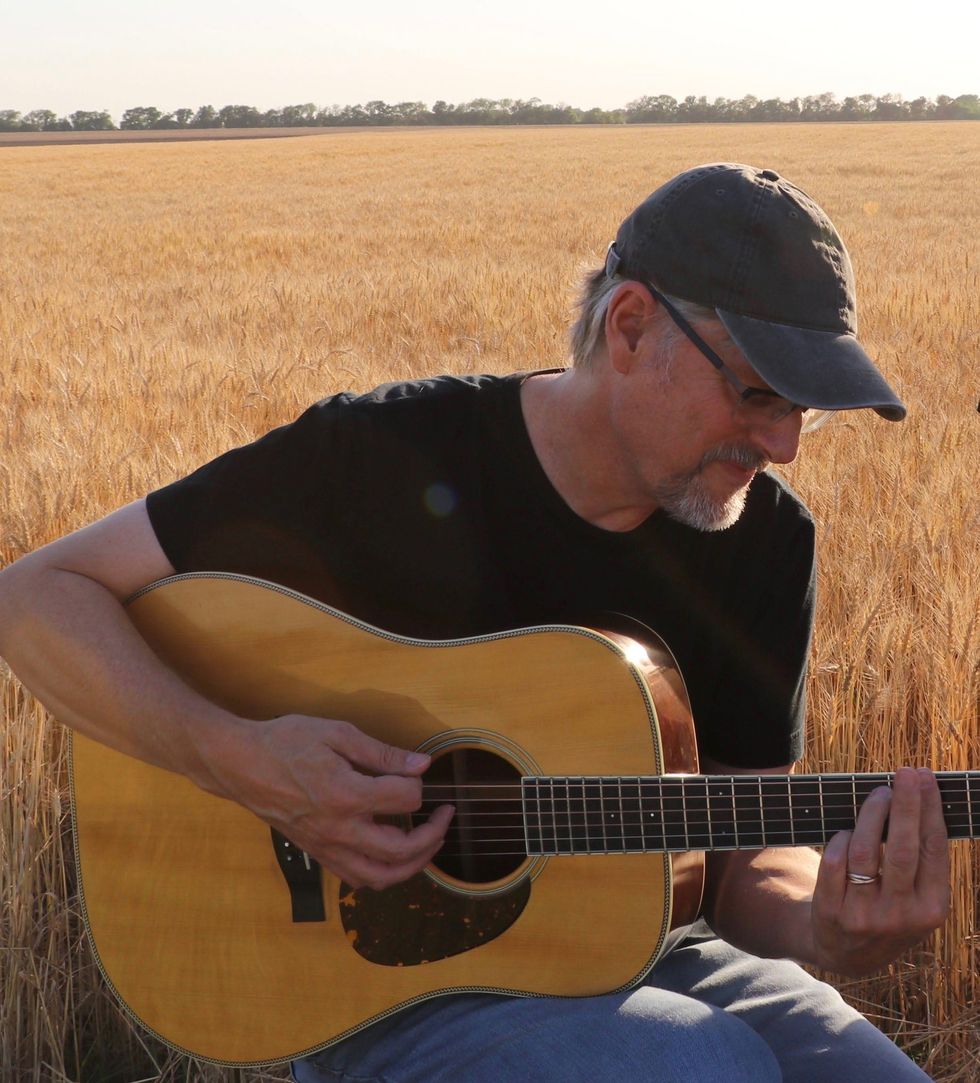
Photo by Jamie Hicks
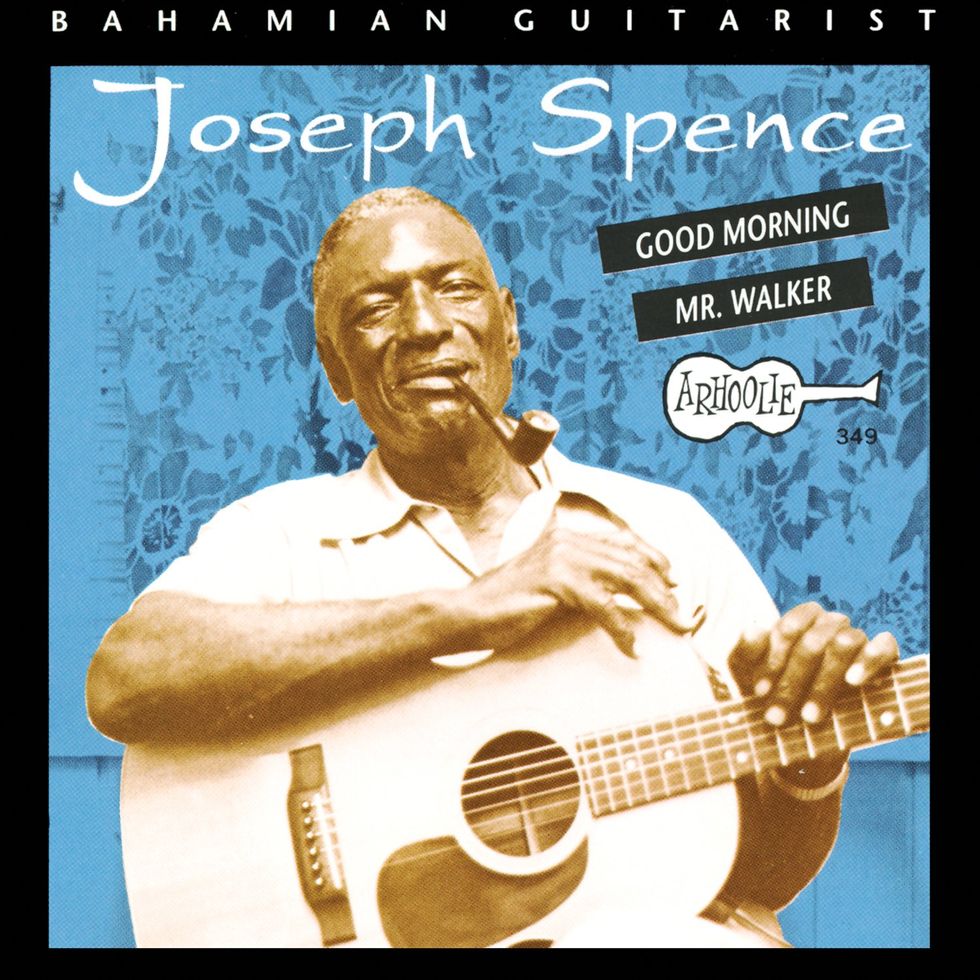
Recorded in a single take in 1971, Spence’s vocal style complemented his folky, angular guitar approach.
A: If you’ve never listened to the Bahamian guitarist Joseph Spence, you are in for a treat. Joseph is such a unique guitar player and singer, and his music is the purest expression of joy I’ve heard on an album. Start with Good Morning Mr. Walker; it’s a great reminder to have fun and be yourself.

Obsession: Hub Hildenbrand’s music is very personal and unlike anything I’ve heard on guitar. Check out the album When the Night Lost Its Stars. He even bows his 1953 Gibson archtop on two tracks. Hub draws deeply from non-Western music, with a strong influence from the oud tradition in his playing. His music is quiet, deeply reflective, and searching.
Nick Millevoi - Senior Editor
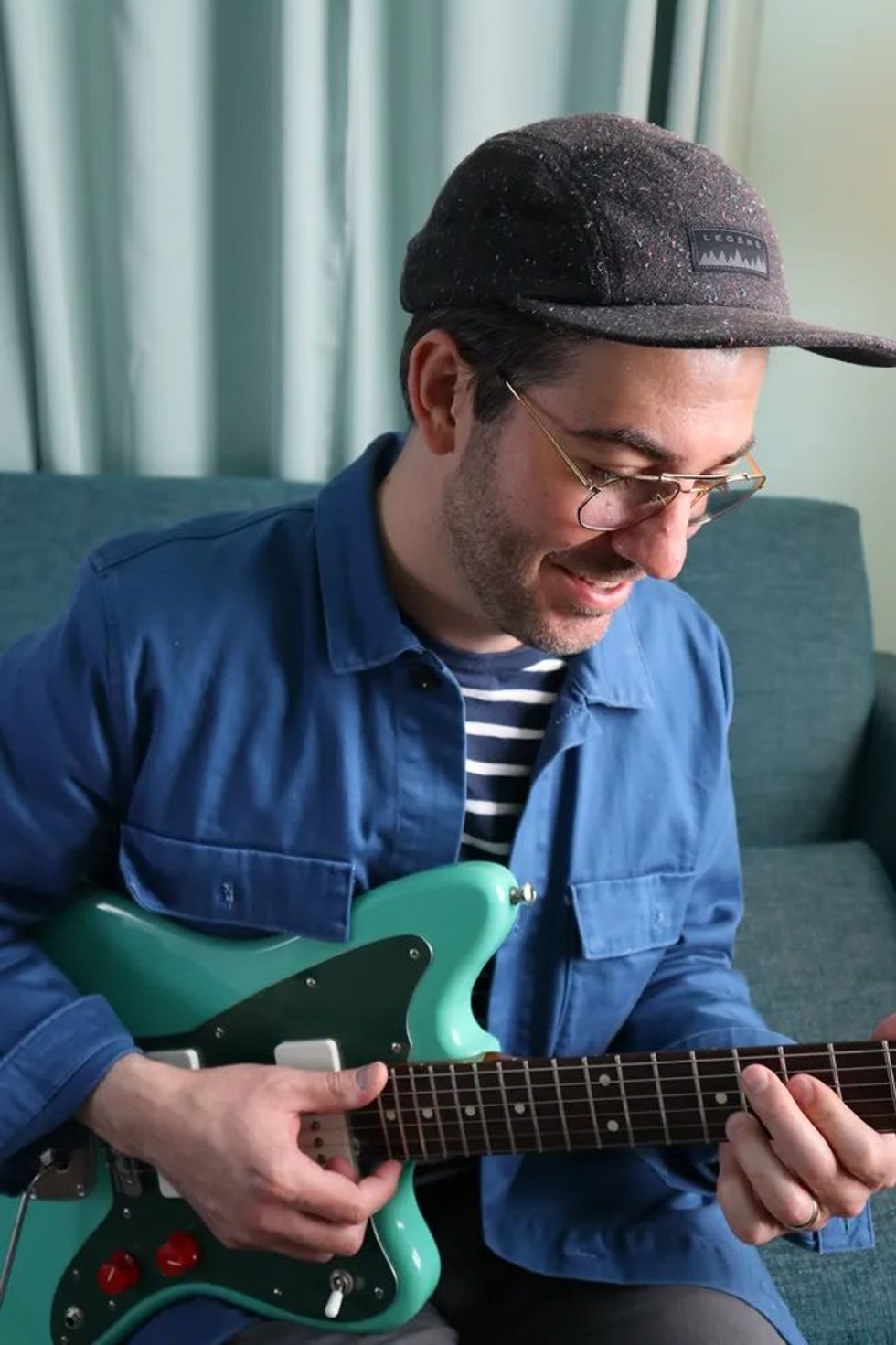
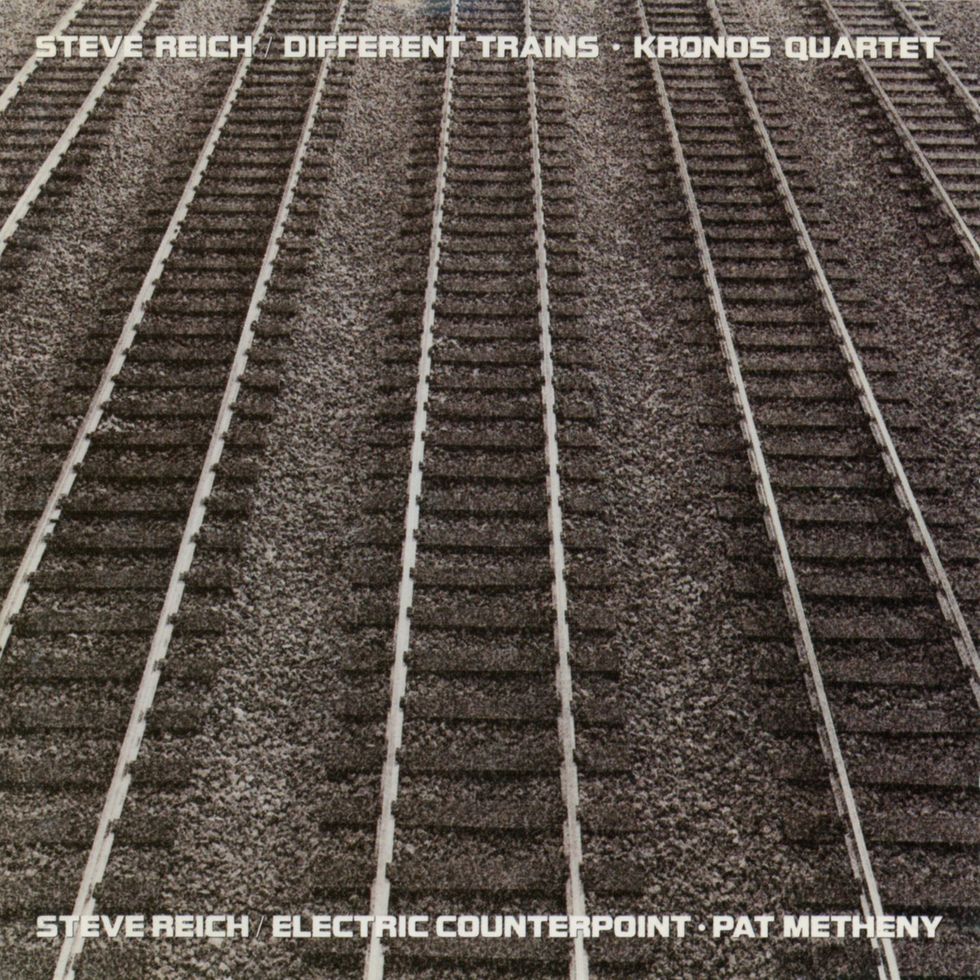
A: Steve Reich’s “Electric Counterpoint,” the original version performed by Pat Metheny. It shows that since the guitar is capable of anything, you might as well use it to do exactly what you want to do and have some fun. And for experimentalists, it’s a great reminder that there’s so much you can do using nice, tonal chords.
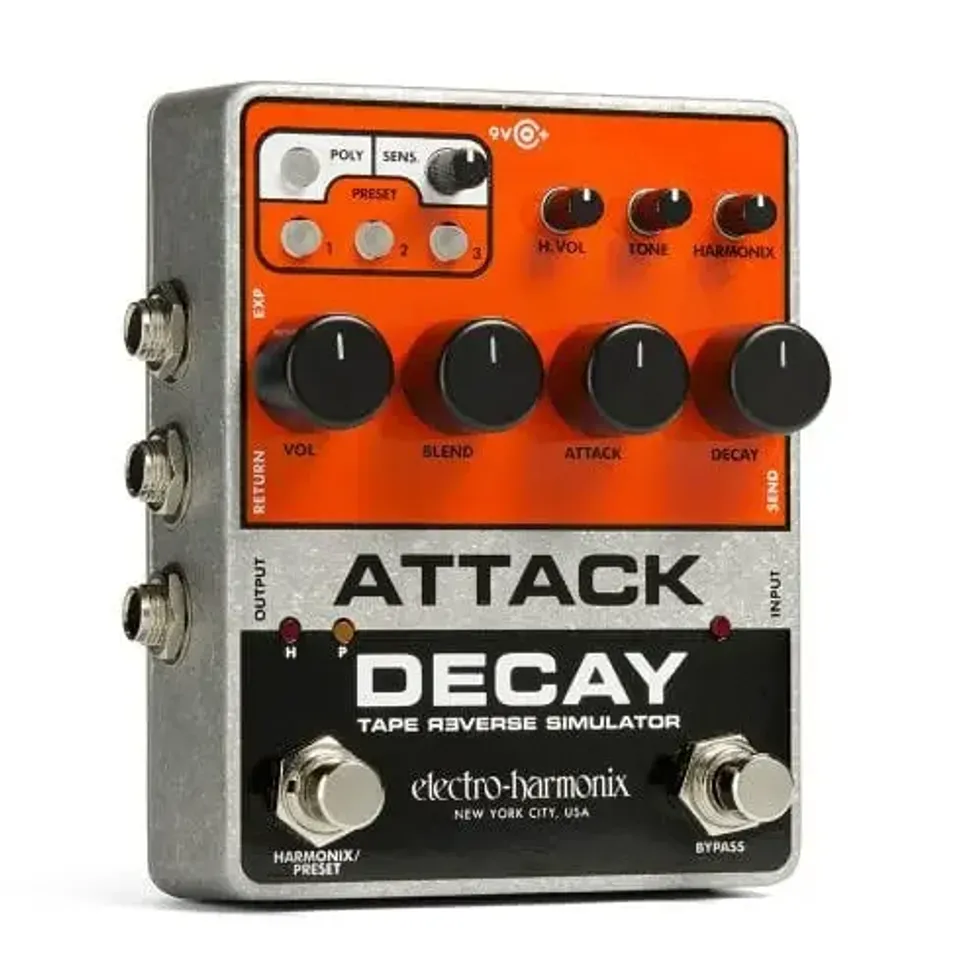
Obsession: The EHX Attack Decay has been delivering loads of inspiration lately. After buying one earlier this year, it hasn’t left my board. The premise is simple—create swells with controls for attack and decay speeds—which leaves so much to be discovered.
Ted Drozdowski - Editorial Director
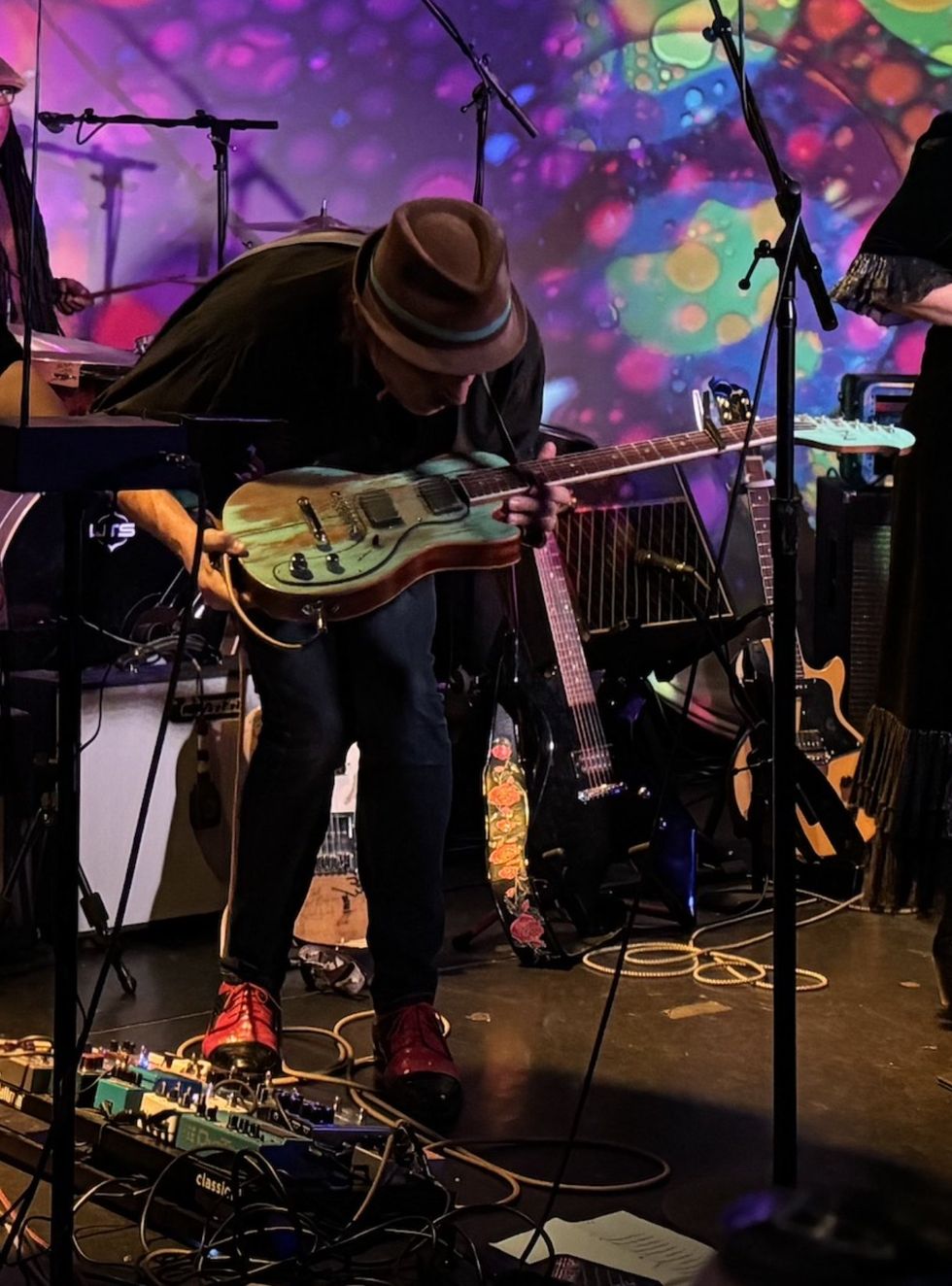
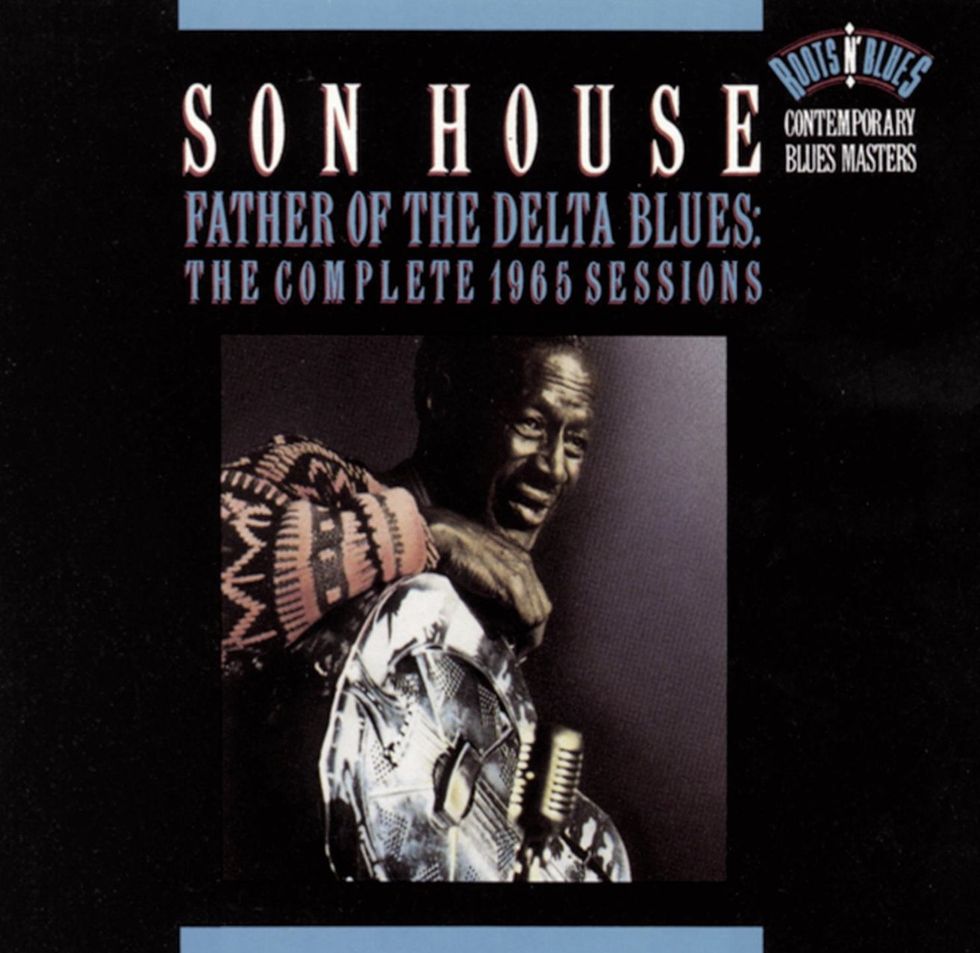
A: Son House’s Father of the Delta Blues, because it’s a reminder that music is something elemental. It comes from the soil and is more deeply embedded in us than our own DNA. House’s performances are Heaven and Hell, doubt and surety, love and death. It’s that raw, true, and beautifully imperfect—poetry that breathes.
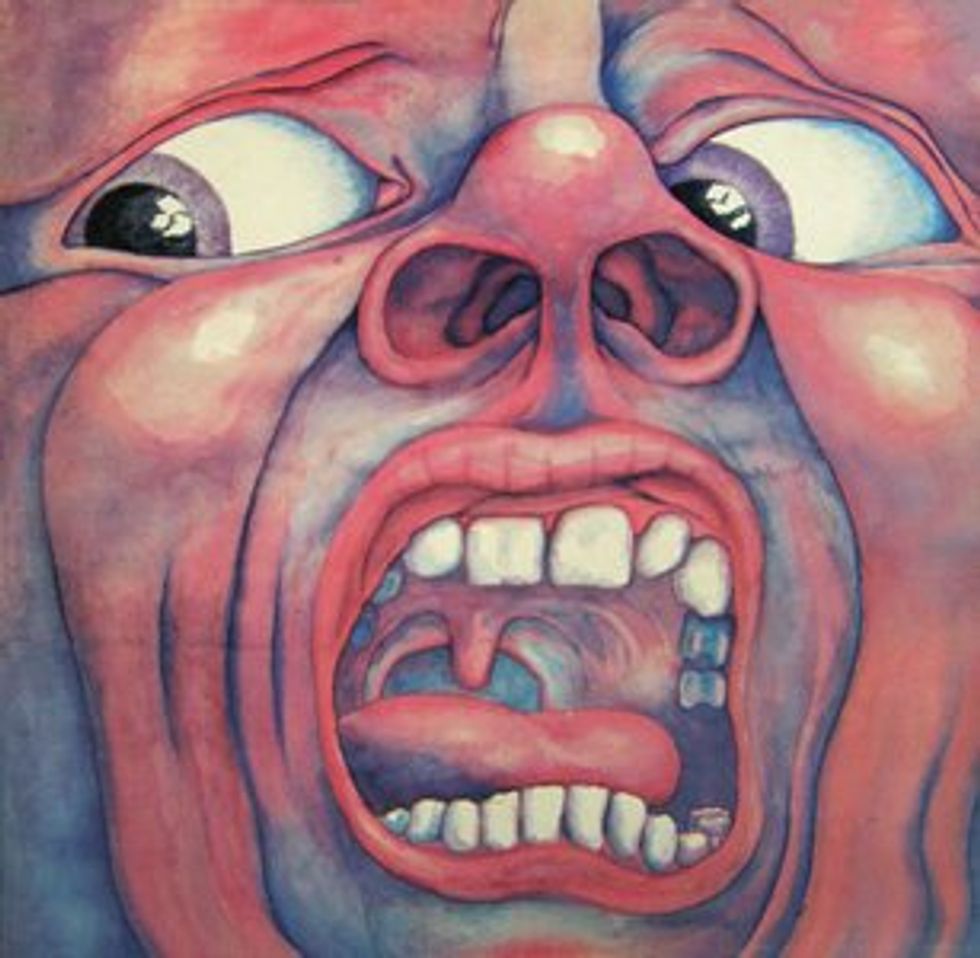
Obsession: Prog rock, thanks to recently experiencing the BEAT Tour and David Gilmour live in the same week. That reminded me of how sublime prog can be when it functions on an empathetic level first. My bedrock for prog remains In the Court of the Crimson King.


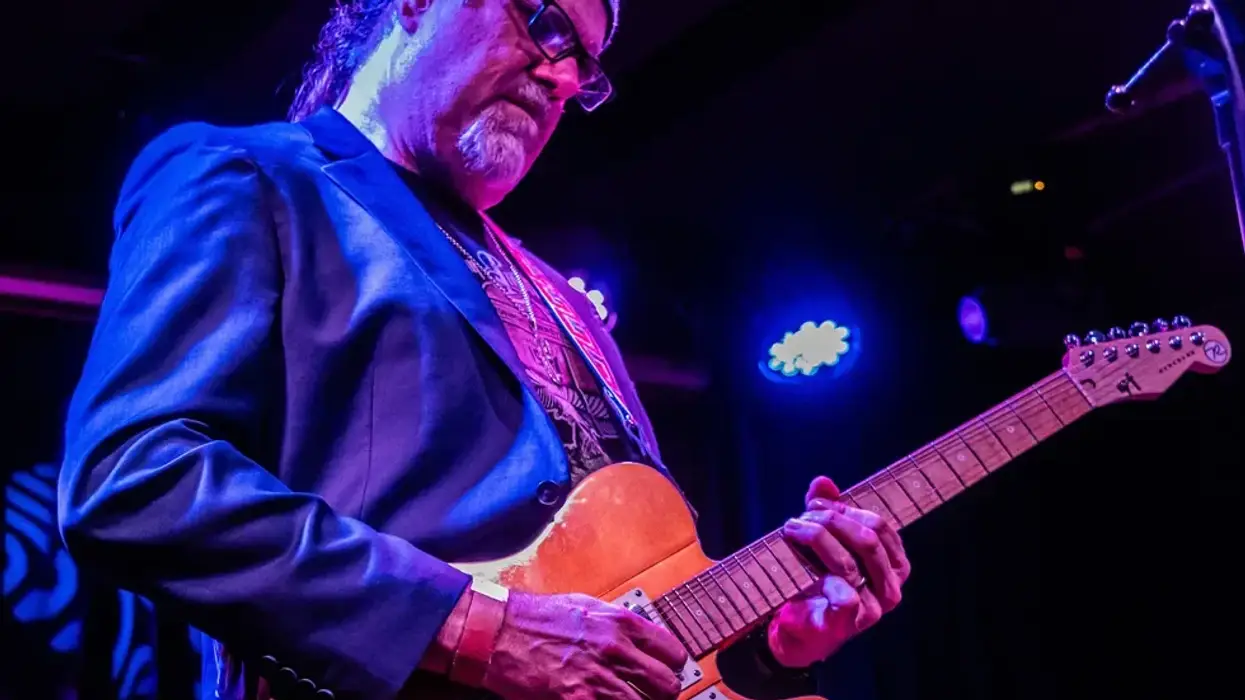
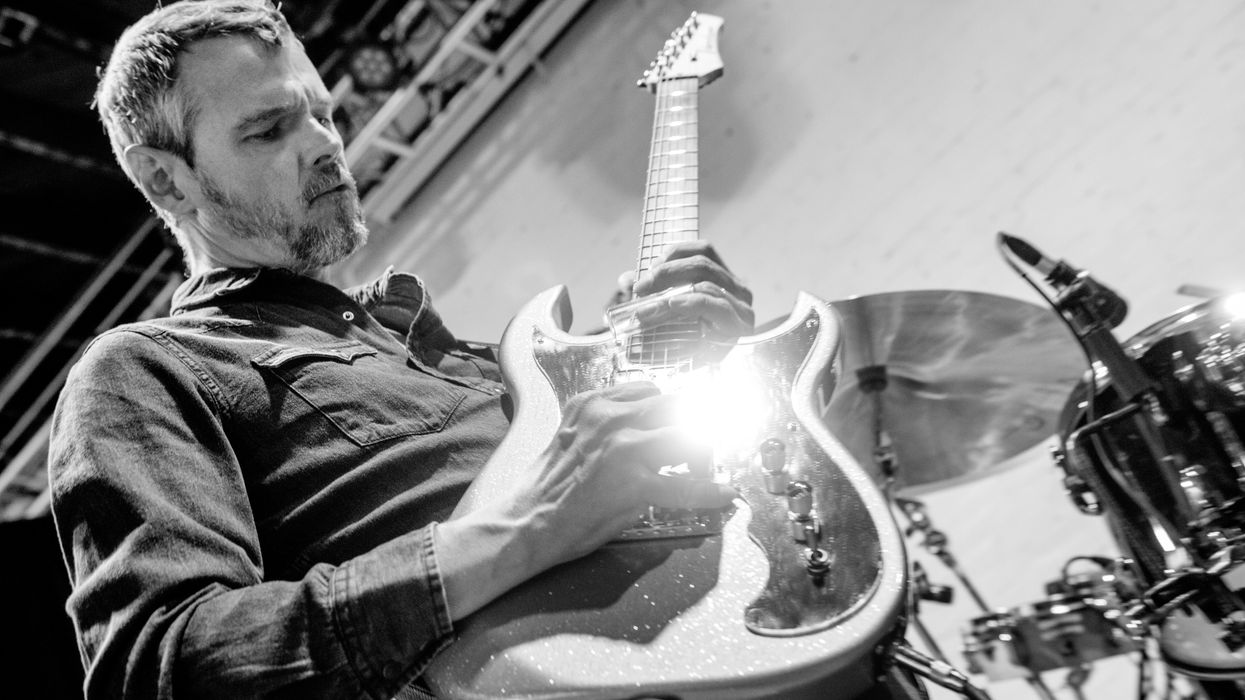


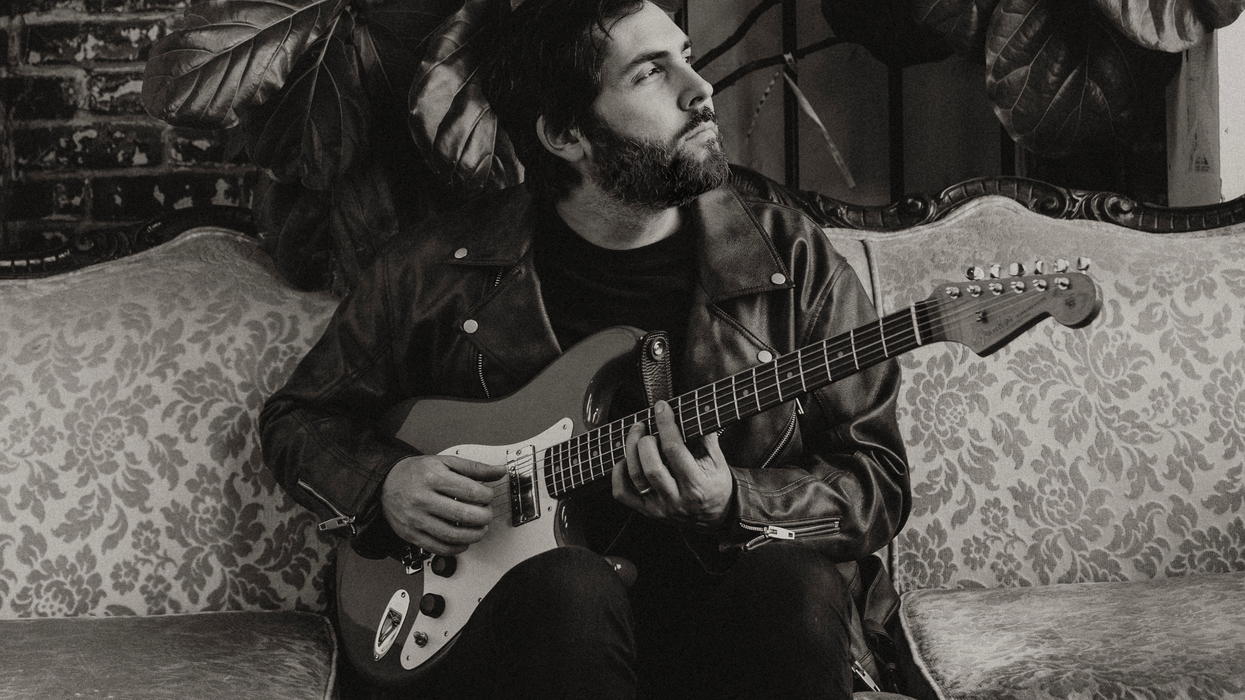
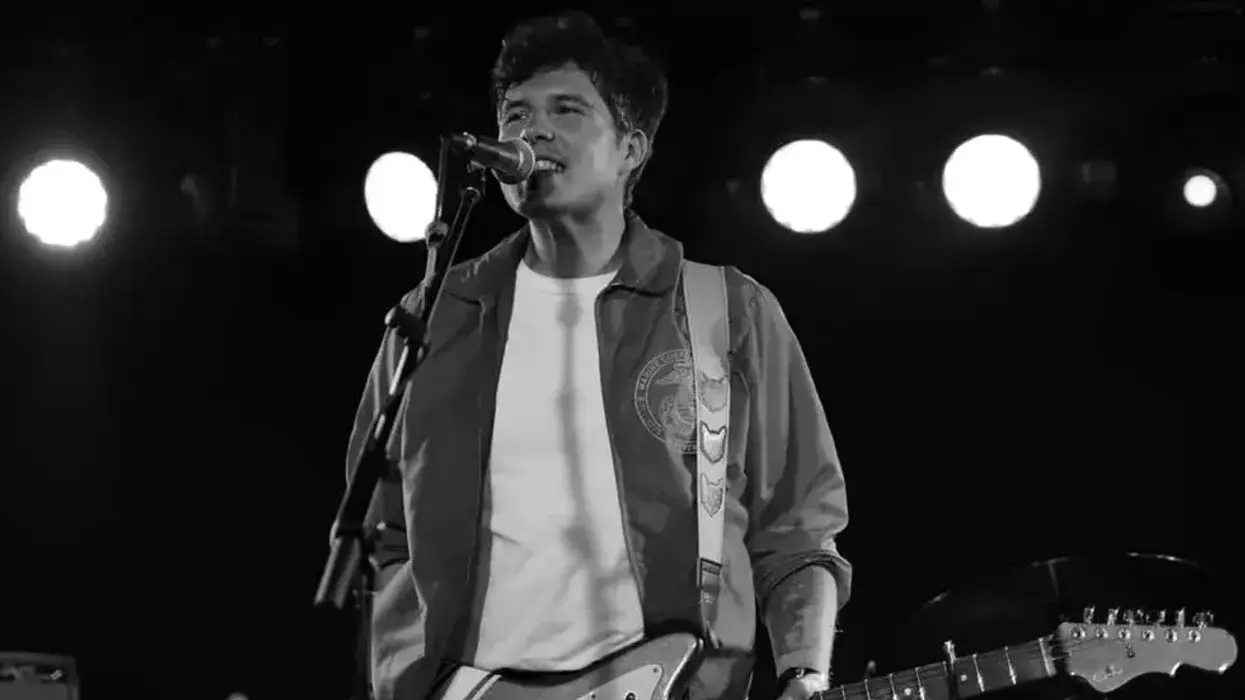


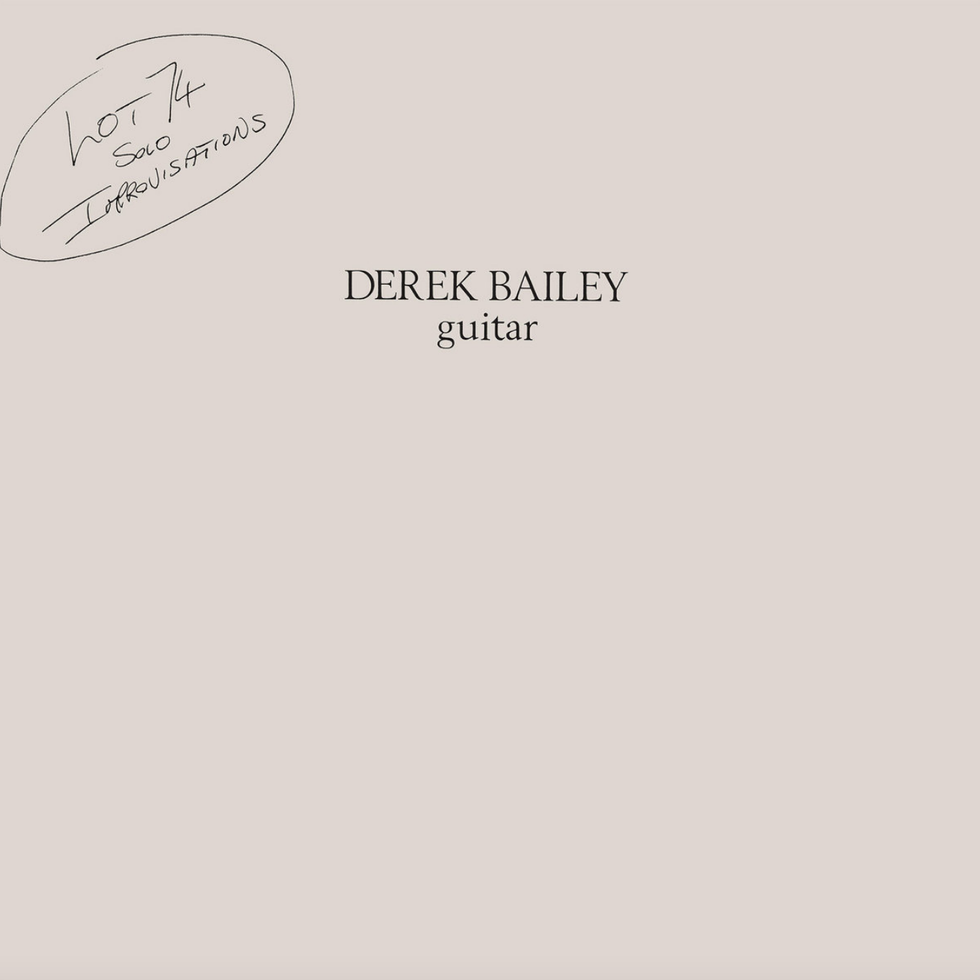
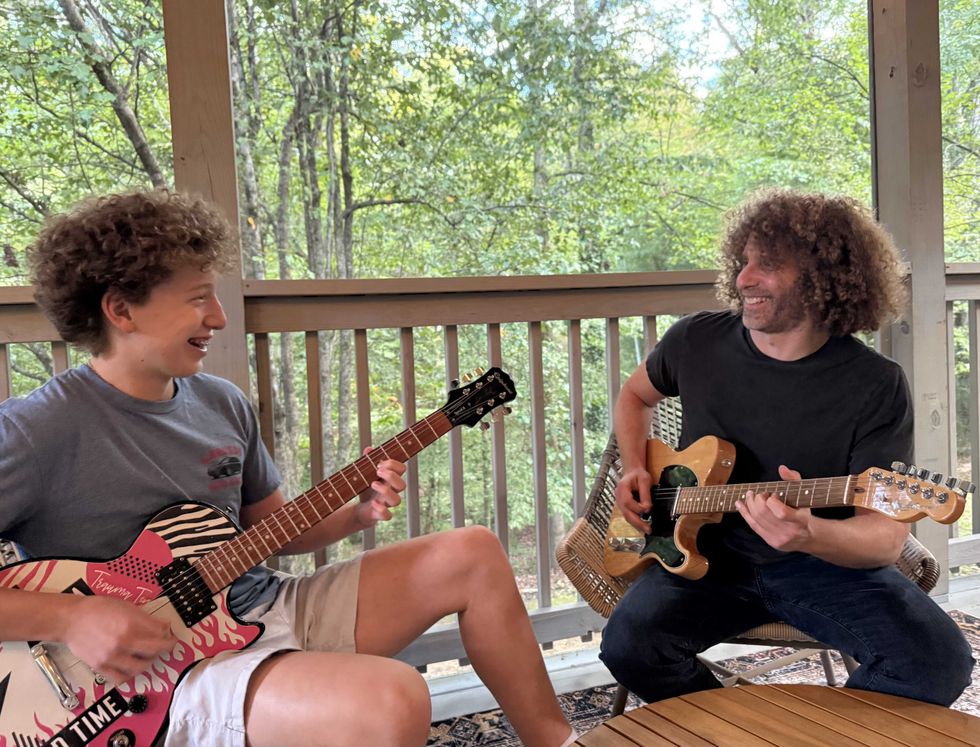

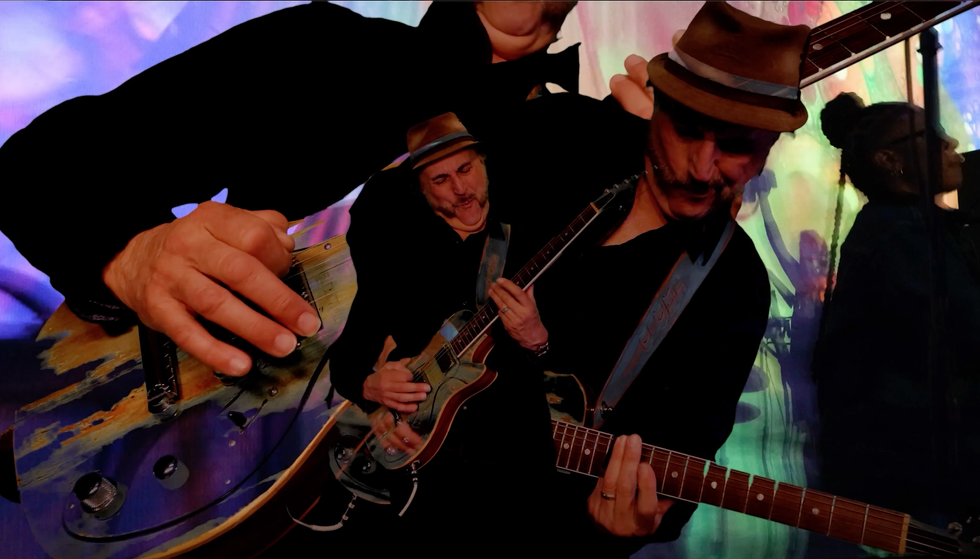
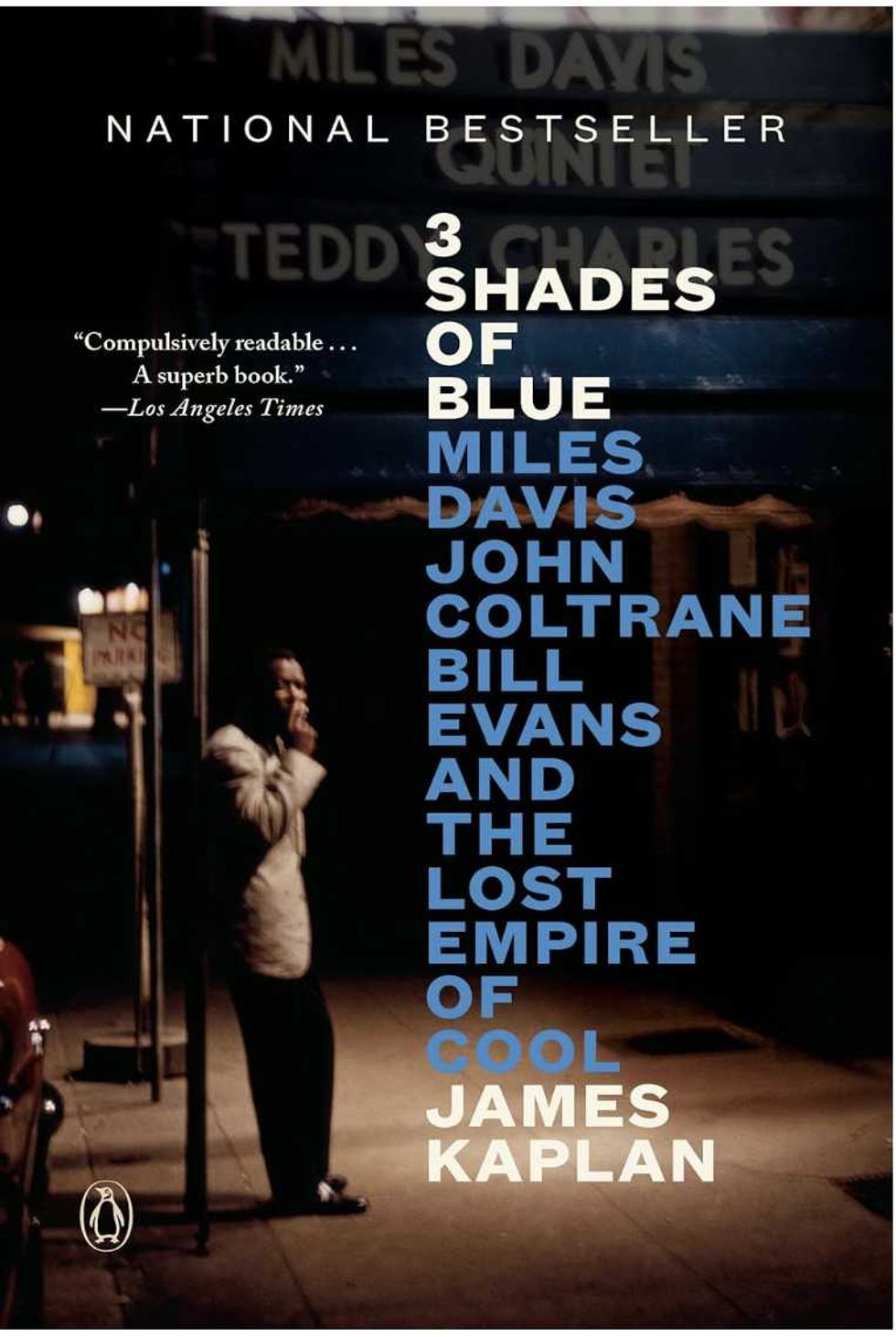


![Rig Rundown: Russian Circles’ Mike Sullivan [2025]](https://www.premierguitar.com/media-library/youtube.jpg?id=62303631&width=1245&height=700&quality=70&coordinates=0%2C0%2C0%2C0)





